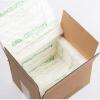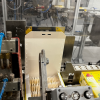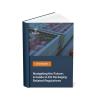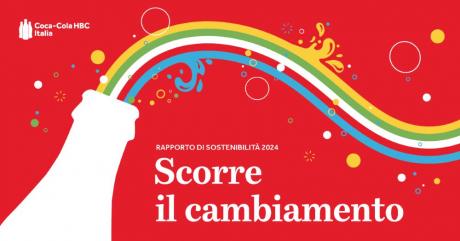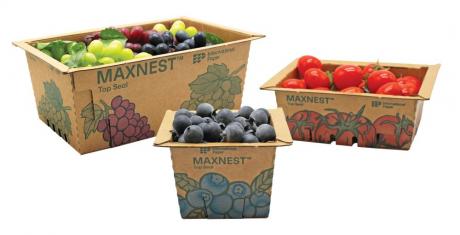According to research by management consultants Bain & Company, packaging companies are under increasing regulatory pressure, but that is not all: 71% of European consumers - Western Europe accounts for 20-25% of the global packaging market - say they want to buy sustainable and more circular products, although they struggle to identify truly sustainable packaging. Meanwhile, the packaging sector continues to grow and could grow by +21% over the next three years to reach a global value of $1.2 trillion. The highest growth rate is expected in the rigid paper segment, which could overtake plastics by 2026.
As the sector grows, so do its decarbonisation ambitions - the number of paper and packaging companies that have committed to decarbonisation targets has risen from 5 (2019) to 164 (2022). However, they can do much more: more than 30% of them have not met their emissions reduction targets. These are just some of the key findings of Bain & Company's first Global Paper & Packaging Report.
"The paper and packaging world is entering a new era where decisions can no longer be made solely on the basis of cost, functionality and consumer experience: sustainability is now a must for everyone. There is no real winner among packaging materials today: each has its own benefits and trade-offs from a sustainability perspective. In fact, the greenest option can vary greatly depending on the application and the geographical area of reference," says Andrea Isabella, Senior Partner and Italian leader of Bain & Company's Advanced Manufacturing & Services practice.
For example, Bain's research shows that while flexible plastics perform better in terms of carbon emissions from manufacturing and transportation, these materials are also less circular and biodegradable.
In Italy, the packaging industry, which employs more than 100,000 people, showed a positive trend in 2022, with sales growth of around 3% compared to the previous year.
"In general," said Mattia Bernardi, Partner at Bain & Company, "the paper and packaging industry has a significant impact on biodiversity, particularly in terms of forest management and water use. Only 22% of the companies surveyed say they have assessed the impact of their value chain on biodiversity, and only 31% are currently taking action to address biodiversity loss. Companies that choose to act stand to benefit from reducing their exposure to biodiversity risks.
Meanwhile, M&A activity is on the rise for industry players, with around 2,000 deals since 2007. In the last decade alone, the paper and packaging industry has seen twice as many M&A transactions as the wider manufacturing sector. Among packaging materials, paper deals have been more lucrative than plastic and glass. This wave of deals - linked to strategic investors filling gaps in their portfolios, but also to private equity funds adding value through new acquisitions - confirms the centrality of the sector and the need for operators to seize all opportunities related to sustainability.
"Leading companies - now fully aware of how a decarbonisation and sustainability programme can add economic value to their business - must therefore assess the environmental impact of different materials and consider their entire life cycle, from resource extraction and production to transport and end-of-life products. An effective and consistent sustainability strategy can reduce a company's energy costs, increase access to recycled or renewable raw materials at a competitive cost, and help drive organic growth. In short, companies at the forefront of sustainability in this industry can achieve EBITDA improvements of 4 to 6 percentage points through the effective use of cost savings and business levers," concludes Isabella.


